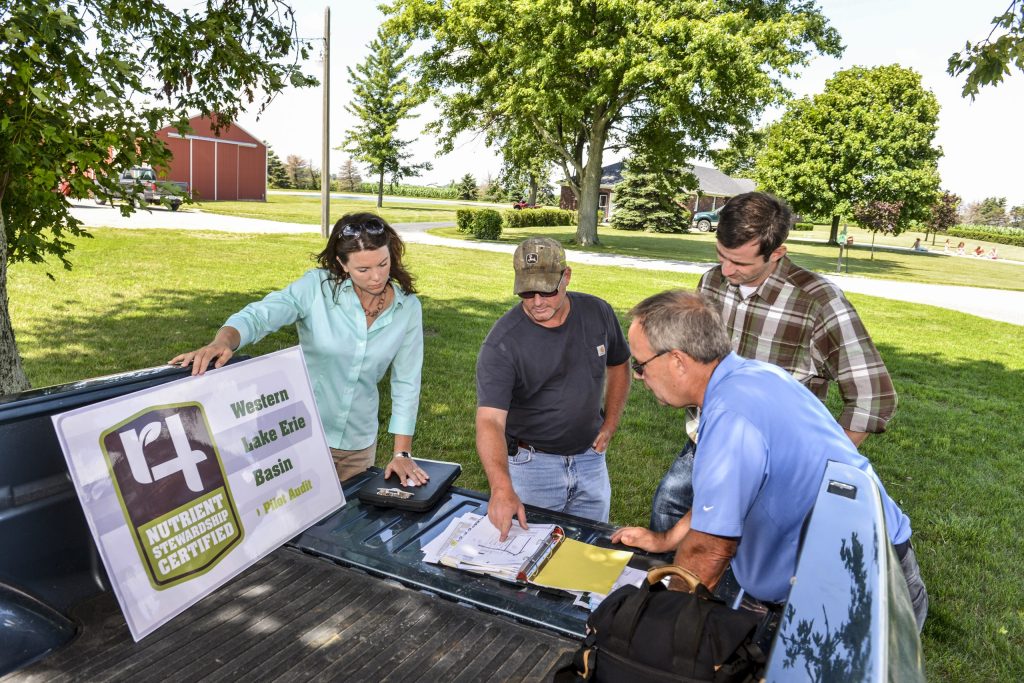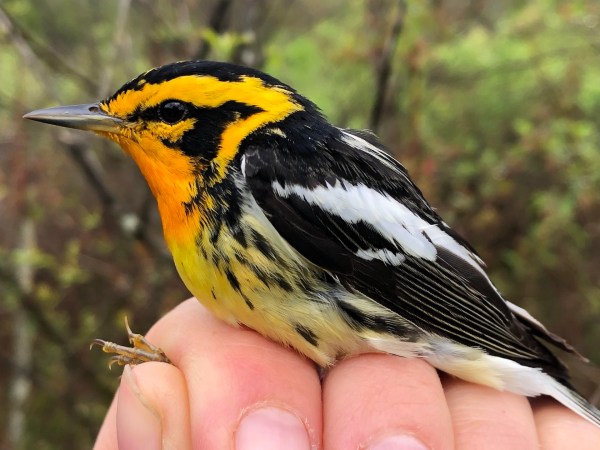Good for Business and Good for Nature
Agricultural retailers who want to show that they’re doing what’s right when it comes to nutrient management can do so through the 4R Nutrient Stewardship Certification Program. The program provides a consistent, recognized standard for nutrient service providers following 4R practices with their customers. 4Rs refers to using the right source of nutrients at the right rate, at the right time, and in the right place.
Created by stakeholders across the agricultural industry, including state agribusiness associations, agricultural researchers, conservation groups like The Nature Conservancy, The Fertilizer Institute and others—the 4R certification program operates within a science-based framework for plant nutrition management and sustained crop production. The overall goal is to reduce and prevent fertilizer from running off fields into the water supply or escaping to the atmosphere and to enlist the help of agricultural retailers through a program that’s tailored just for them.
Launched in 2014 to address water quality problems in the Western Lake Erie basin, the voluntary program is now statewide in Ohio, and has spread to Florida, Minnesota, New York, Indiana, Missouri, as well as Ontario and Prince Edward Island in Canada. To date, more than 3.84 million acres are serviced by 79 4R certified facilities in the U.S. and Canada. These fertilizer retailers, crop consultants, and other entities provide growers with fertilizer recommendations and applications in keeping with the science-based principals they have learned through the 4R certification process.
Certification gives participating nutrient service providers “a competitive advantage,” says Peyton Harper, senior manager of stewardship and sustainability at The Fertilizer Institute, because “growers are very interested in working with retailers that can recommend all kinds of practices,” including 4R practices that minimize nutrient runoff while also maintaining agricultural productivity.
To become certified, agricultural retailers must go through annual, independent, third-party audits to demonstrate that they not only understand but are following the 4R principles when they make fertilizer recommendations or applications. Auditors review documents and records, interview staff, and may also inspect the facilities to review application equipment and nutrient storage. Documentation is a significant part of the certification process.
The certification standard covers three broad areas:
- Initial training and on-going education for the nutrient provider’s sales and application staff, as well as education and training for grower customers.
- Monitoring of 4R implementation (e.g., reviewing maps and other documents showing recommendations and/or applications for grower customers, as well as adherence to applicable laws)
- Nutrient recommendations and application (e.g., reviewing recordkeeping on soil tests for recommendations and/or applications, crop yield determination and monitoring, as well as application equipment calibration and performance/setbacks of applications)
Each state has its own process, but retailers are typically given three years to implement all required criteria for the 4R Nutrient Stewardship Certification Program. Participating retailers pay an annual fee that varies by state but is generally $1,500 to $2,000.
An agricultural retailer begins the certification process by applying to the state program. The state program will then conduct a pre-audit that is typically completed by the program’s state administrator, or a contractor hired by the state program. The goal of the pre-audit, which generally takes a full day, is to assess what the business is already doing to meet the 4R certification standard, and what additional steps it may need to take to become certified.
Following the pre-audit, companies are given a report with a corrective action plan that they have 12 months to implement. When the company is ready for certification, it is audited by a third-party auditor, who is paid by the state program but operates independently. Once a company is certified, it is re-evaluated each year to maintain its certification.
States that don’t yet have a 4R Nutrient Stewardship Certification Program can get started by first contacting Peyton Harper at The Fertilizer Institute. Harper works with The Nature Conservancy and other members of the Global 4R Nutrient Stewardship Certification Program, to help state agribusiness associations launch a program in their state. The first step involves convening a stakeholder group that well represents the state’s agricultural community and generally includes the state NRCS office, conservation groups, the state department of agriculture and university researchers, in addition to the state agribusiness association.
Buy-in across the state’s agricultural community is important says Harper, “in order to have everyone recognize the value of the program, and to get input from all of the stakeholder groups on what should be in that certification standard.”
Out of this initial stakeholder group, each state must select an 11-person council, comprised of a balanced group of agribusinesses, state agricultural entities, agricultural researchers, and conservation organizations. The council creates the standard for the state, starting with minimum criteria developed by the Global 4R Nutrient Stewardship Certification Program.
 “Usually everybody starts out by looking at somebody else’s standard and seeing how much they need to do to change it to make it work for them,” says Harper.
“Usually everybody starts out by looking at somebody else’s standard and seeing how much they need to do to change it to make it work for them,” says Harper.
Once the state council reaches agreement on the standard, it goes out to an advisory board, which is often comprised of the remaining stakeholders in the state. The advisory board may comment on or recommend revisions to the standard. Finally, the public is given 30 to 45 days to comment on the proposed standard before it is officially adopted. The whole process takes about 18 months, and states frequently pilot a program in one region before adopting it statewide.
Although the full environmental impact of 4R Certification Program adoption is still being evaluated, implementing the 4Rs has been identified as a key step to improving water quality. And though it’s still too early to measure how the certification program may be helping to reduce nutrient loss in participating agricultural regions, such an analysis is high on the agenda for the 4R Nutrient Stewardship Certification Program over the coming year, says Harper.




Join the Discussion